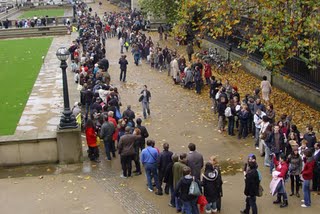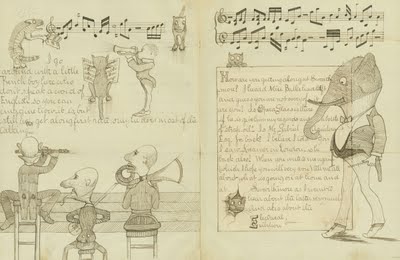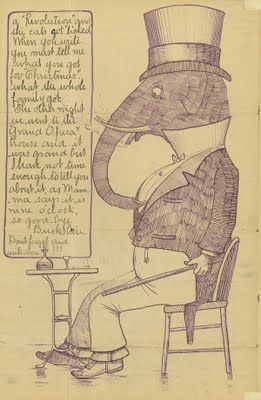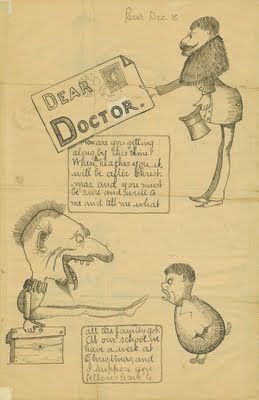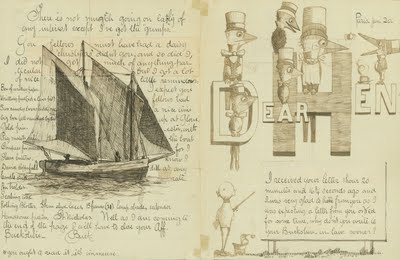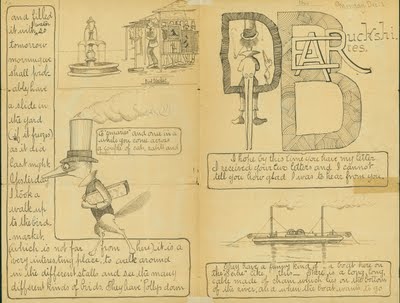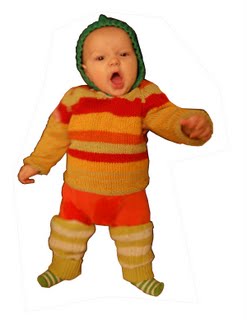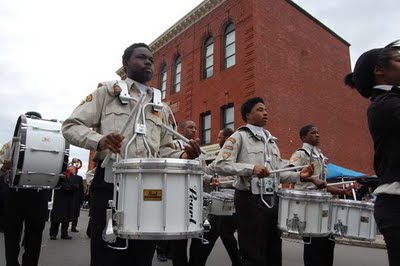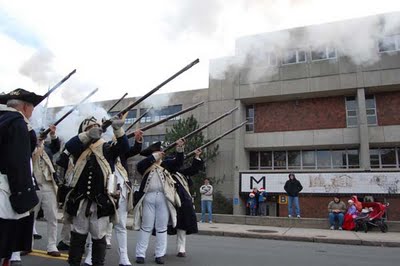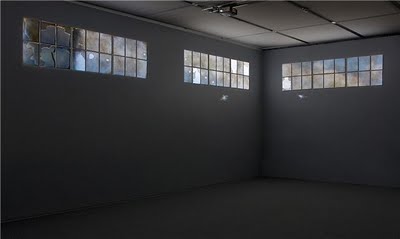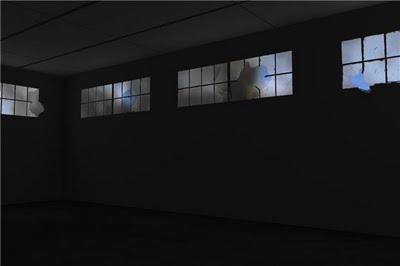web-788990.jpg)
From our review of
“Rare Bird of Fashion: The Irreverent Iris Apfel” at Salem’s Peabody Essex Museum and
“Mary McFadden: Goddess” at MassArt in Boston:
If you were going to recount the evolution of hippie guy fashion, you might say that what began with psychedelic ruffled shirts and corduroy pants in 1968 has in late middle age split into two streams: collarless white button-down shirts, usually buttoned right up to the neck and worn with a black vest, and Hawaiian shirts. Both still web-733515.jpg) signal rebellion — the collarless shirt announces: "I'll dress up, man, but I won't be constrained by your collar" — but it's rebellion softened into something a guy can be comfortable wearing day in and day out.
signal rebellion — the collarless shirt announces: "I'll dress up, man, but I won't be constrained by your collar" — but it's rebellion softened into something a guy can be comfortable wearing day in and day out.
Guy fashion isn't renowned for its invention, but this narrow range clarifies the corresponding ideas in women's couture that are illustrated in "Rare Bird of Fashion: The Irreverent Iris Apfel" at Salem's Peabody Essex Museum and "Mary McFadden: Goddess" at Massachusetts College of Art and Design. To put it simply (and somewhat simplistically): McFadden's refined designs parallel those collarless shirts, whereas Apfel's flamboyant wardrobe (she's pictured at left) mirrors those guys sporting Hawaiians.
Read the rest
here.
“Rare Bird of Fashion: The Irreverent Iris Apfel,” Peabody Essex Museum, East India Square, Salem, Oct. 17, 2009, to February 7, 2010.
“Mary McFadden: Goddess,” MassArt, 621 Huntington Ave., Boston, Sept. 22 to Dec. 5, 2009.Pictured from top to bottom: Iris Apfel ensembles photographed by © C.J. Walker; portrait of Iris Apfel by © Bruce Weber; three selections of Mary McFadden’s work at the Sandra and David Bakalar Gallery, MassArt, courtesy of Mary McFadden, photos by Johanna Warrick; Iris Apfel ensembles photographed by © David Gehosky, tunic, Tunisian wedding garment, early 20th century, necklaces, Givenchy, 1970s, necklaces and bracelet, Monies, c. 2003, jacket, Oscar de la Renta, circa 2000, necklaces, Angela Caputi Giugiù, circa 2001, boots, Kenzo, circa 1990; Iris Apfel ensemble photographed by © David Gehosky, jacket, Nina Ricci haute couture by Gerard Pipart, late 1970’s, trousers, Moschino, 1997, bangles, Indian, circa 2003, shoes, Anne Klein, circa 1989.
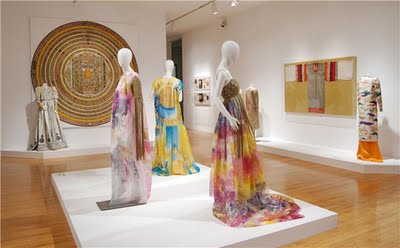
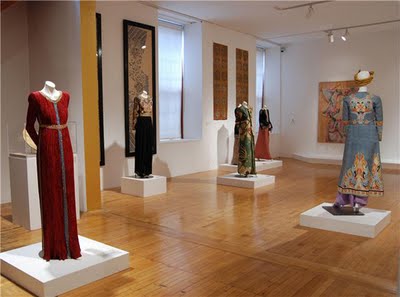
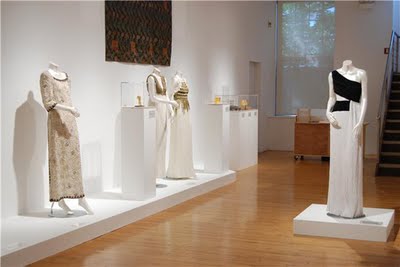
Web-736089.jpg)
Web-788823.jpg)
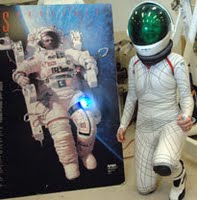 Dava Newman, an MIT professor of aeronautics, astronautics and engineering systems whose “BioSuit,” a form-fitting next generation spacesuit prototype was exhibited at New York’s Metropolitan Museum of Art in 2008, gives a free talk (with refreshments) at the MIT Museum on Tuesday. She will speak about “new technologies, companies, and policies that are leading people back into space, above low Earth orbit. Discuss the issues around space flight from national pride and scientific discovery to wealth distribution and the meaning of being human.”
Dava Newman, an MIT professor of aeronautics, astronautics and engineering systems whose “BioSuit,” a form-fitting next generation spacesuit prototype was exhibited at New York’s Metropolitan Museum of Art in 2008, gives a free talk (with refreshments) at the MIT Museum on Tuesday. She will speak about “new technologies, companies, and policies that are leading people back into space, above low Earth orbit. Discuss the issues around space flight from national pride and scientific discovery to wealth distribution and the meaning of being human.”








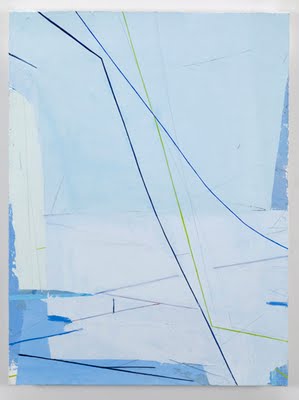
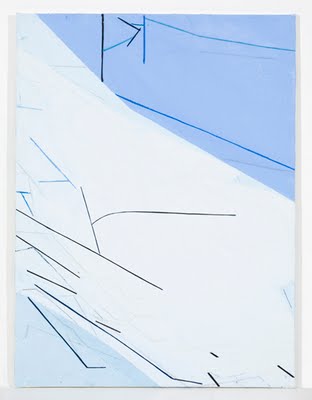

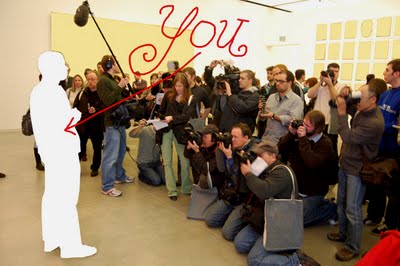
web-788990.jpg)
web-733515.jpg)



Web-736089.jpg)
Web-788823.jpg)
